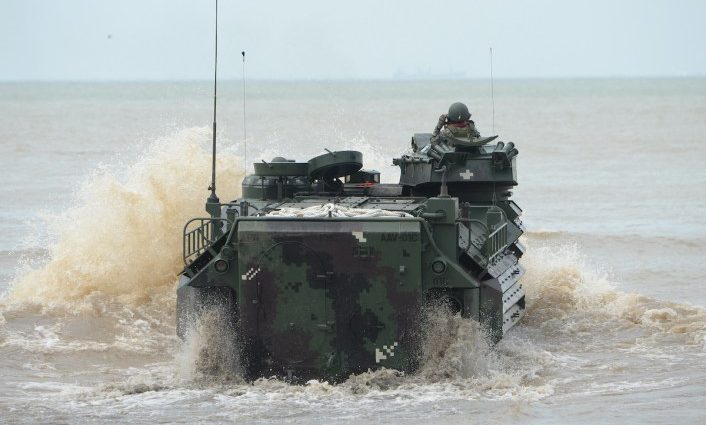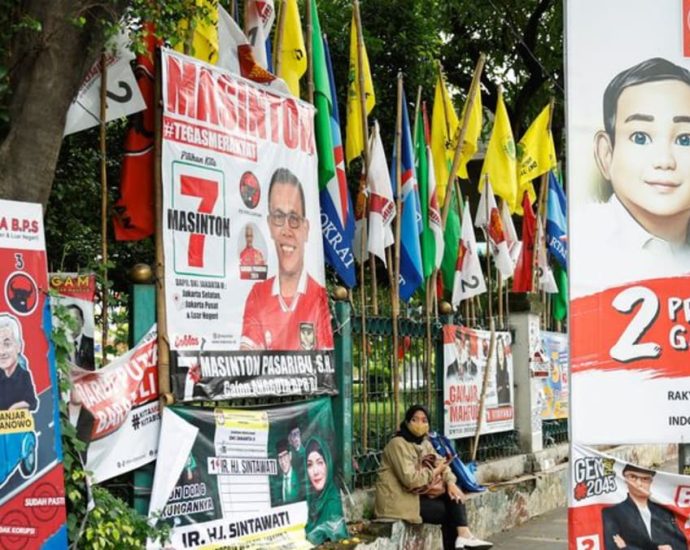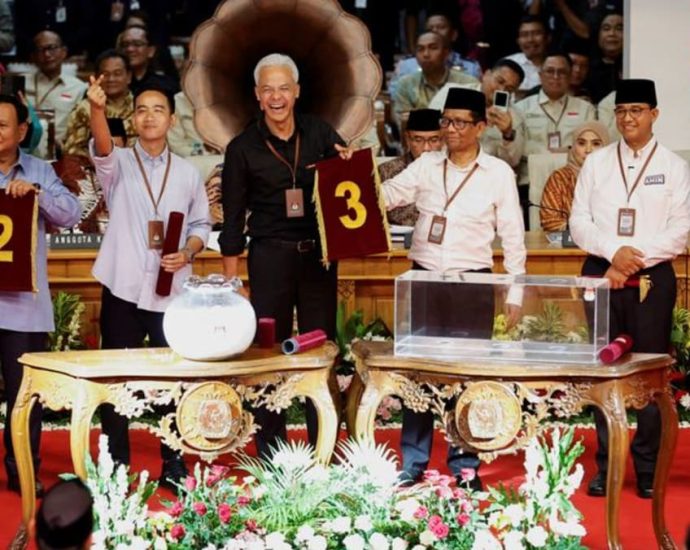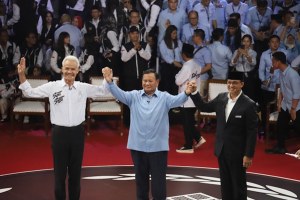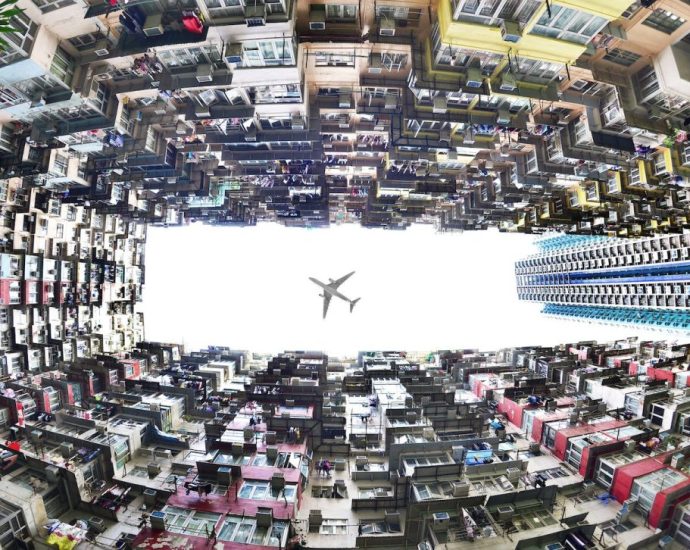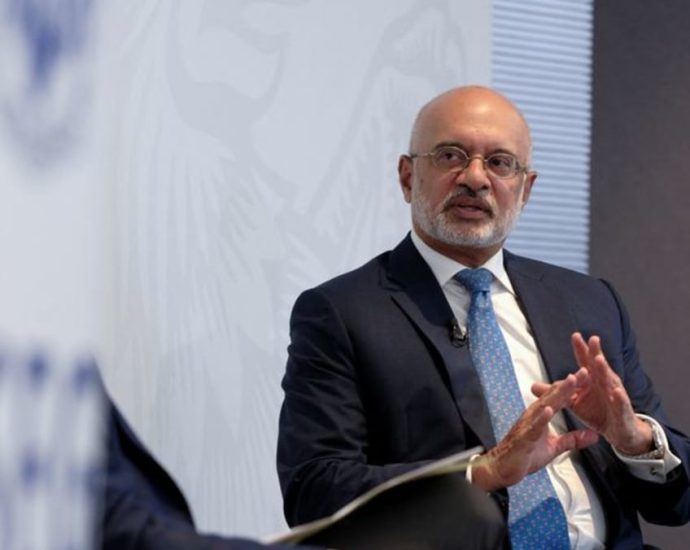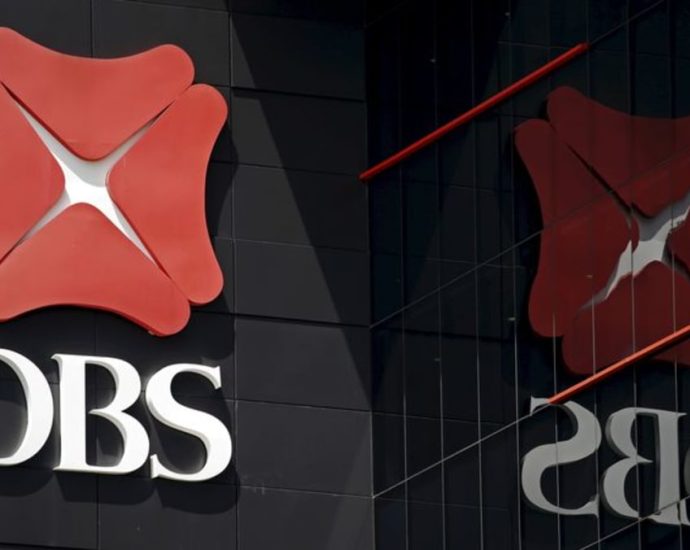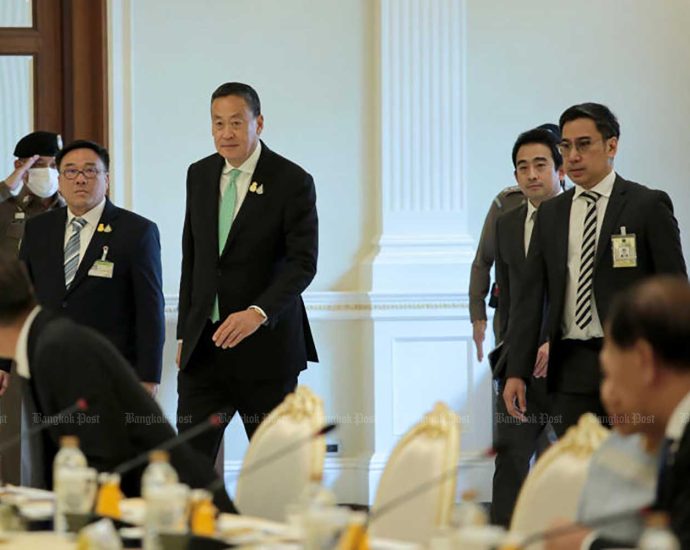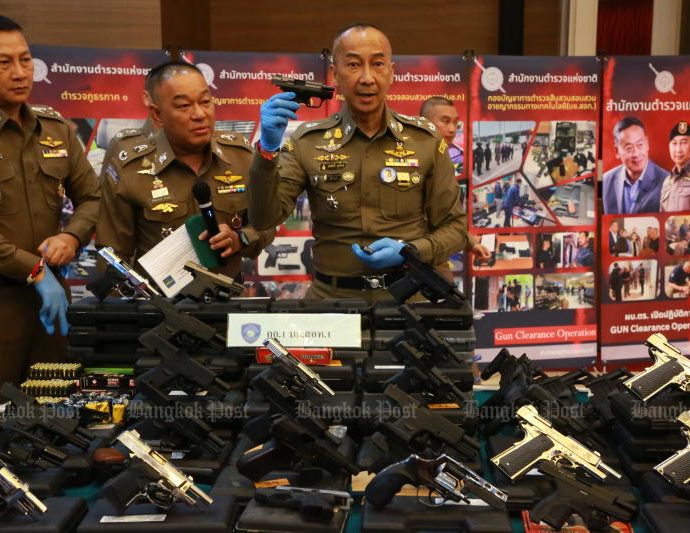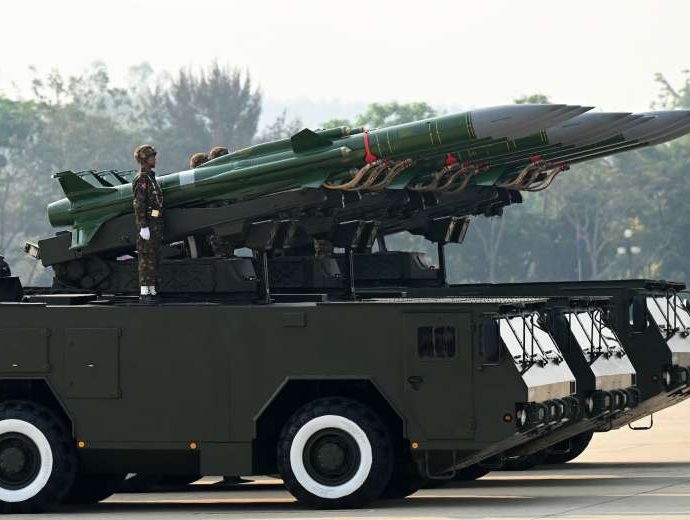Philippines gunning for fast and massive military build-up – Asia Times
MANILA – “We are not satisfied with minimum [deterrence capability alone]…movement is life, stagnation is death,” Colonel Micheal Logico, a top strategist at the Armed Forces of the Philippines (AFP), recently told this reporter when asked about the country’s evolving defense strategy. “We [need] to elevate ourselves into a world-class armed forces,” he added.
Confronting a mighty China, the Philippines is undergoing a once-in-a-century defense buildup that if all goes to plan could transform it into a formidable military “middle power.” This year, top Philippine defense officials have announced their decision to pursue the acquisition of multiple submarines as part of a massive US$36 billion defense spending package.
“We do not only [need] one submarine, we need two or three [at least],” Commodore Roy Vincent Trinidad, spokesperson of the Philippine Navy for the West Philippines, recently told media. Under “Horizon Three”, the third phase of a 15-year-old defense modernization plan that began in 2012, the Philippines is also set to acquire modern fighter jets, warships and missile systems.
Next month, the Philippines is also set to receive India’s much-vaunted Brahmos supersonic missile system, which is seen as a likely precursor to even more sophisticated acquisitions in the future.
“It is a real game-changer because it brings the Philippines to the supersonic age. For the first time in our history, the Philippines will have three batteries of supersonic cruise missiles that have a speed of (Mach 2.8) or almost 3x (times) the speed of sound,” said National Security Council spokesman Jonathan Malaya.
The Southeast Asian nation wants to develop its conventional and asymmetric military capabilities as it prepares for multiple contingencies in the region vis-à-vis China, including in both the hotly-contested South China Sea as well as over nearby Taiwan, which is only separated by the narrow Bashi Channel from northern Philippine provinces.
Now boasting Southeast Asia’s fastest-growing economy, the Philippines finally has more financial resources to invest in its long-neglected armed forces, which half a century ago were the envy of the region with state-of-the-art American weapons and fighter jets.
Well into the 1970s, the Philippines intimidated its smaller neighbors and unilaterally built military facilities in the Spratly group of islands.
At one point, the Richard Nixon administration worried that it could get dragged into conflict with other claimant states due to its mutual defense treaty with a self-aggrandizing ally, thus Washington’s long-term policy of strategic ambiguity on the South China Sea disputes.
At the height of hubris, the Philippines even contemplated the invasion of Malaysia in order to wrest back control of Sabah, an oil-rich island that once belonged to the Sultanate of Sulu, now part of the Philippine Republic. But chronic corruption, political instability and decades-long insurgencies in the restive island of Mindanao steadily corroded and spent the Philippines’ military capabilities.

By the end of the 20th century, the Southeast Asian nation, among the world’s largest archipelagos, had among the smallest and most antiquated navies in the region. The Philippine Army, battling decades-long Muslim and communist insurgencies, gobbled up much of the AFP’s resources. For years, the Philippines didn’t even possess a single supersonic fighter jet.
Throughout the first decade of the 21st century, the Philippines served as a “second front” for the George W Bush administration’s “Global War on Terror”, further reinforcing gaps in Philippine military capabilities. But things began to change under President Benigno Aquino III (2010-2016), who implemented the Revised AFP Modernization Act, which sought to rapidly modernize the Philippine Navy and Air Force.
Within a few years, the Philippines had acquired modern fighters from South Korea under a $415.7 million package. The Philippine Navy (PN), meanwhile, acquired increasingly modern warships, most notably the BRP Gregorio Del Pilar (PF15) and BRP Ramon Alcaraz (PF16), Hamilton and Hero-class cutters worth up to $400 million.
Defense spending increased by 36% between 2004 and 2013, with the year 2015 seeing close to a 30% year-on-year increase.
To boost its ally’s defense modernization, Washington increased its Foreign Military Financing to the Philippines over the years. Other key partners such as Japan, meanwhile, provided multi-role patrol vessels to the Philippine Coast Guard while South Korea donated a Pohang-class corvette to PN.
Beyond minimum deterrence
Initially, the Philippines was hoping to simply achieve a “minimum credible defense” capability vis-a-vis rivals such as China.
Despite many hurdles and delays, however, the Southeast Asian nation’s military modernization campaign now aims at building a 21st-century armed forces en route to becoming a full-fledged “middle power.”
Last year, the Philippines overtook Vietnam to become the swiftest-growing economy in Southeast Asia, a trend that some expect to continue well into the future.
This places the Philippines on a path to becoming among the biggest economies in the region, thus generating more economic resources for a defense build-up.
Accordingly, the Philippines has pressed ahead with a revised 10-year modernization plan worth 2 trillion pesos ($35.62 billion) to finance the acquisition of state-of-the-art weapons including submarines.
“[W]e are embarking into what we call the ‘ReHorizoned 3’ capability enhancement and modernization program where the President recently approved an array of capabilities,” Defense Secretary Gilberto Teodoro Jr said.

“The Armed Forces will transition initially to enable itself to guarantee, as much as possible, Philippine corporations and those authorized by the Philippine environment the unimpeded and peaceful exploration and exploitation of all natural resources within our exclusive economic zone and other areas where we have jurisdiction,” he added.
With that signaling, several countries are jockeying to win multi-billion dollar defense contracts with the Philippines. The French, who are also exploring a visiting forces agreement-style deal with Manila, seem to be ahead in the line.
France’s Naval Group is offering two diesel-electric Scorpene-class submarines, similar to those operated by neighboring Malaysia.
Navantia, a Spanish government-affiliated company, Navantia, is also in the running and has offered two S80-class Isaac Peral submarines with an estimated value of $1.7 billion. The Spanish have also offered to build a submarine base and other necessary logistics for the boats.
South Korea, already a major defense supplier to Manila, is also jostling for the sub deal. Hanwha Ocean (formerly known as DSME) is offering its Jang Bogo-III submarines, which boast guided-missile systems, advanced propulsion and lithium-ion battery technology that makes them particularly stealthy.
South Korea has already supplied the Philippines’ with its most advanced warships and fighter jets, making it a trusted partner amid the rival big-ticket bidding.
“For so long, the Philippine military has also been considered the weakest in our region. With the acquisition of [submarines], we will no longer be called the weakest,” National Security Council spokesman Jonathan Malaya said in a mixture of English and Filipino when asked about the strategic implications of the submarine acquisition plans.
“We will now become a middle power in terms of our armed capabilities and that is a game-changer because that will increase our defense posture,” he added.
Follow Richard Javad Heydarian on X, formerly Twitter, at @Richeydarian

